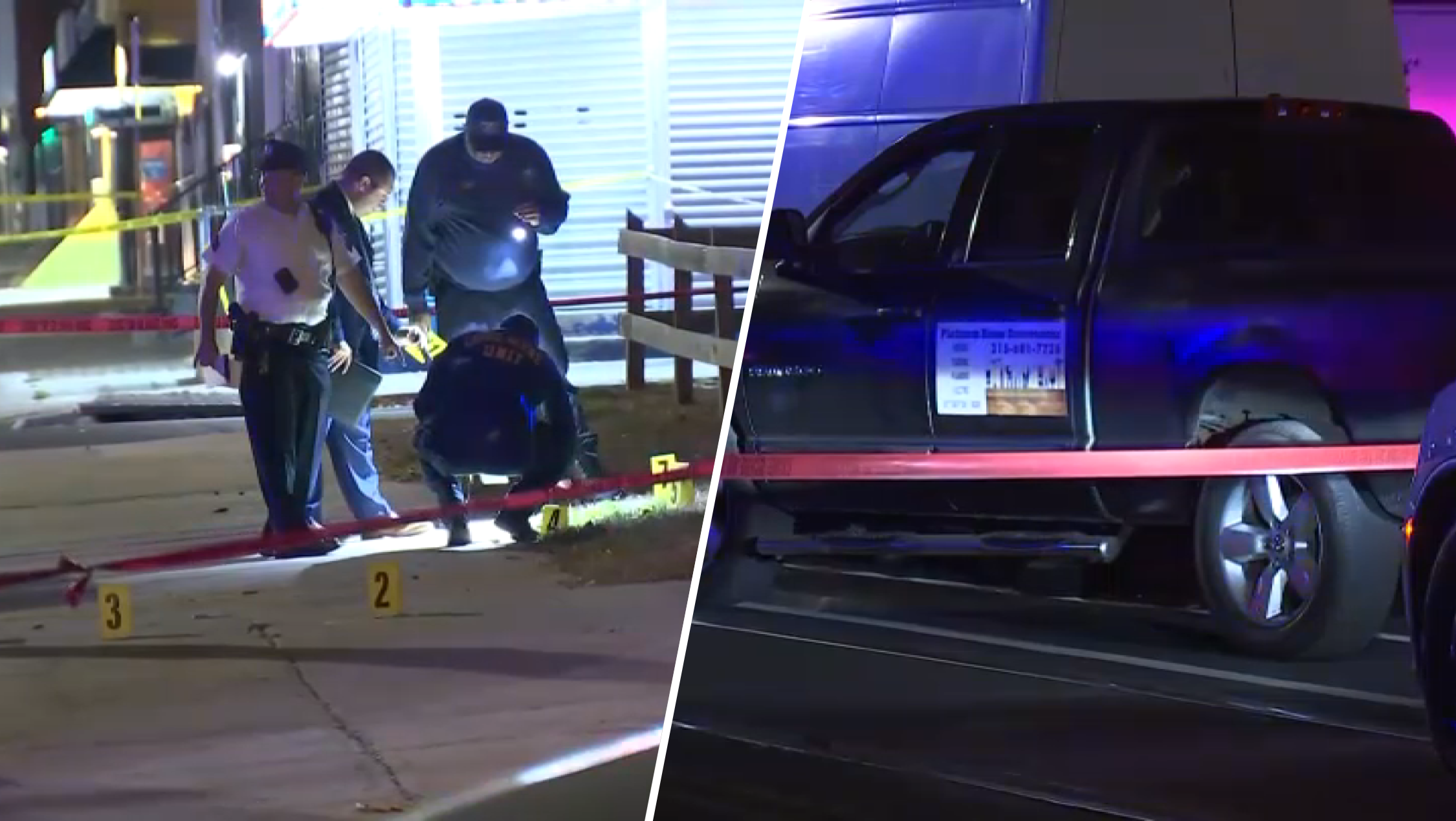The use of tear gas against protesters during the height of demonstrations in Philadelphia following George Floyd's murder will face scrutiny from an independent investigation, Mayor Jim Kenney said Monday.
The city police department's use of force policies will also be part of the investigation by an outside consultant. That independent investigator has not yet been determined, Kenney said.
There was no timeline given for hiring an independent investigator or when the study of the tear gas use and departmental policies would be finished. The city also did not specify a budget for the investigation.
One of the lowlights of the weekslong demonstrations occurred June 1 when police shot tear gas and rubber bullets at protesters on Interstate 676. Images and videos of the encounter went viral.
PHOTOS: Protesters Clash With Police on I-676
Last week, during budget hearings at City Council, Kenney's managing director Brian Abernathy, acknowledged that Kenney and a small group of the mayor's top advisors pre-approved the use of tear gas and other "less lethal munitions" at the start of the protests on May 31.
The next day, on June 1, as protesters gained access to and shut down Interstate 676 near the Ben Franklin Parkway exit, a Philadelphia police commander gave the order to use tear gas to disperse the crowd, officials have said.
Local
Breaking news and the stories that matter to your neighborhood.
The controversial pre-approval was made by a group called "Unified Command" that included the mayor, police commissioner, Fire Commissioner Adam Thiel and several other high-ranking members of Kenney's administration, according to Managing Director Brian Abernathy during an exchange with City Councilwoman Helen Gym.
Abernathy was also a member of the Unified Command group, he said. The group formed Saturday, May 30, on the first day of mass protests.
Others on the Unified Command include Kenney's chief of staff Jim Engler, Deputy Managing Director Tumar Alexander and City Solicitor Marcel Pratt, Abernathy said.
The Unified Command group gave the approval after seeing footage of violent confrontations between police and protesters in West Philadelphia the first weekend of protests, a city spokesman said.
The authorization was given verbally, the spokesman said.
School teacher Kelsey Romano, one of the hundreds of protesters on the expressway, said police were blocking the path of protesters on 22nd Street near the Ben Franklin Parkway. That's when many entered I-676 through a hole in the fence.
"And I was like, we'll be on here for a little bit. You know, we'll cause a half hour delay, and I was very wrong," Romano told NBC10.
She was stuck by a rubber bullet, which gave her a welt, as she tried climbing the grassy embankment before a police officer zip-tied her hands. She was dragged down the hill and arrested.
The independent review and analysis by the outside consultant, or consultants, will include the following, according to the city:
- Analyze relevant Philadelphia Police Department (PPD) incident, use-of-force, and other internal or investigative reports and data from May 29 through June 15, 2020 (or later) regarding interactions with persons engaging in protest and other activities to determine if the Department’s actions were in accordance with PPD policies and procedures, as well as current police best practices.
- Collect and review body-worn camera footage, news and social media accounts, stationary video, audio recordings, photographs, directives, standard operating procedures, and other documents in the PPD’s possession.
- Interview selected participants and/or eyewitnesses to police activities.
- Evaluate the PPD’s application of force during protests and any unrelated criminal activity, including whether the use of less than lethal munitions was consistent with policy or otherwise appropriate.
- Assess whether additional limitations or categorical prohibitions are needed on certain types of force.
- Collect and review factual evidence from other law enforcement agencies assisting the PPD in the field, including the Pennsylvania State Police.
- Analyze the PPD’s overall tactical response to peaceful protests and any separate criminal activity, including the deployment of personnel, response times, and geographic dispersal.
- Provide monthly reports to the Inspector General’s Office and the City Solicitor’s Office during the contract period. These reports will focus on preliminary findings and the progress of the development of the investigation.
- Provide a written report of the findings and recommendations to improve the PPD’s protocols and policies for use of force. The final report, as well as updates on preliminary findings, will be made public.
"If we discover that any officers used force inappropriately or without proper authorization, we will deal with it swiftly and accordingly," Kenney said. "I have also asked the PPD to revise policies to further specify appropriate limitations on the use of less than lethal munitions, such as tear gas."



